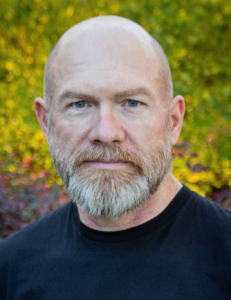Digital Communication and National HIV/AIDS Long‐Term Survivor Awareness Day
Topics

Tez Anderson: This observance is intended to raise awareness about those that have been living the longest with HIV. Those who tested positive for the virus before effective HIV medications became available (1996) had a very different experience, and our survival stories are unexpected. Not only are we using TwitterExit Disclaimer FacebookExit Disclaimer TumblrExit Disclaimer and our website to raise awareness about the day, but I believe that telling our stories and promoting them through social media are an empowering intervention.
HIV.gov: What lessons about digital communication do you have from your experience with NHALTSAD?
Tez Anderson: Social media is vital. The more the message gets out, the more people want to engage. It feeds upon itself. The more you put in, the more you get back, too. We have learned to take complicated ideas and make them simpler. And one specific tip: it pays to spend time with all the tools to learn how to use them best.
HIV.gov: How can our readers follow the NHALTSAD conversation on social media?

I invite all HIV.gov blog readers to help observe National HIV/AIDS Longâ€Term Survivor Awareness Day—online and off.
How do digital tools fit into your portfolio for communicating about national health observances?